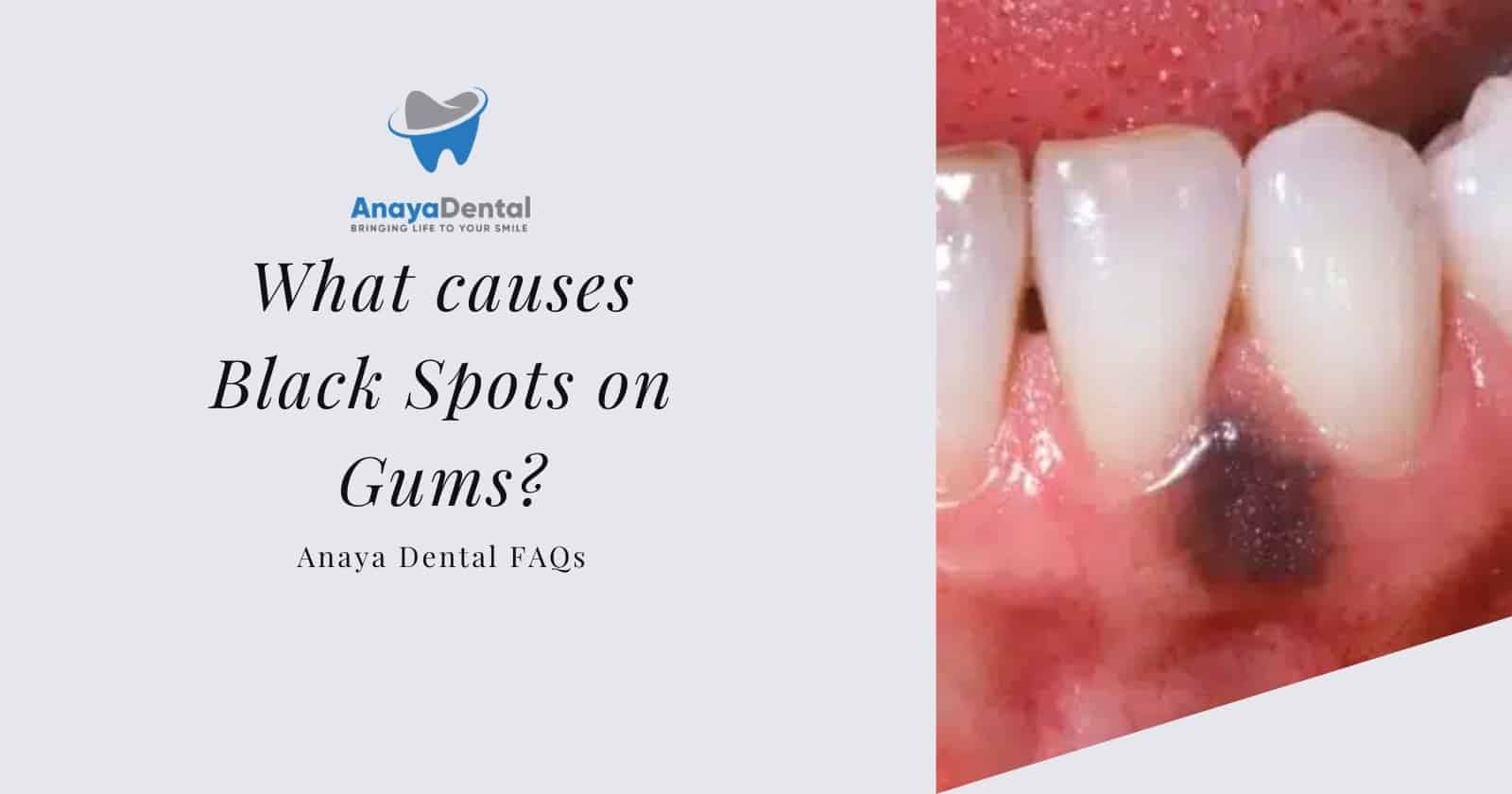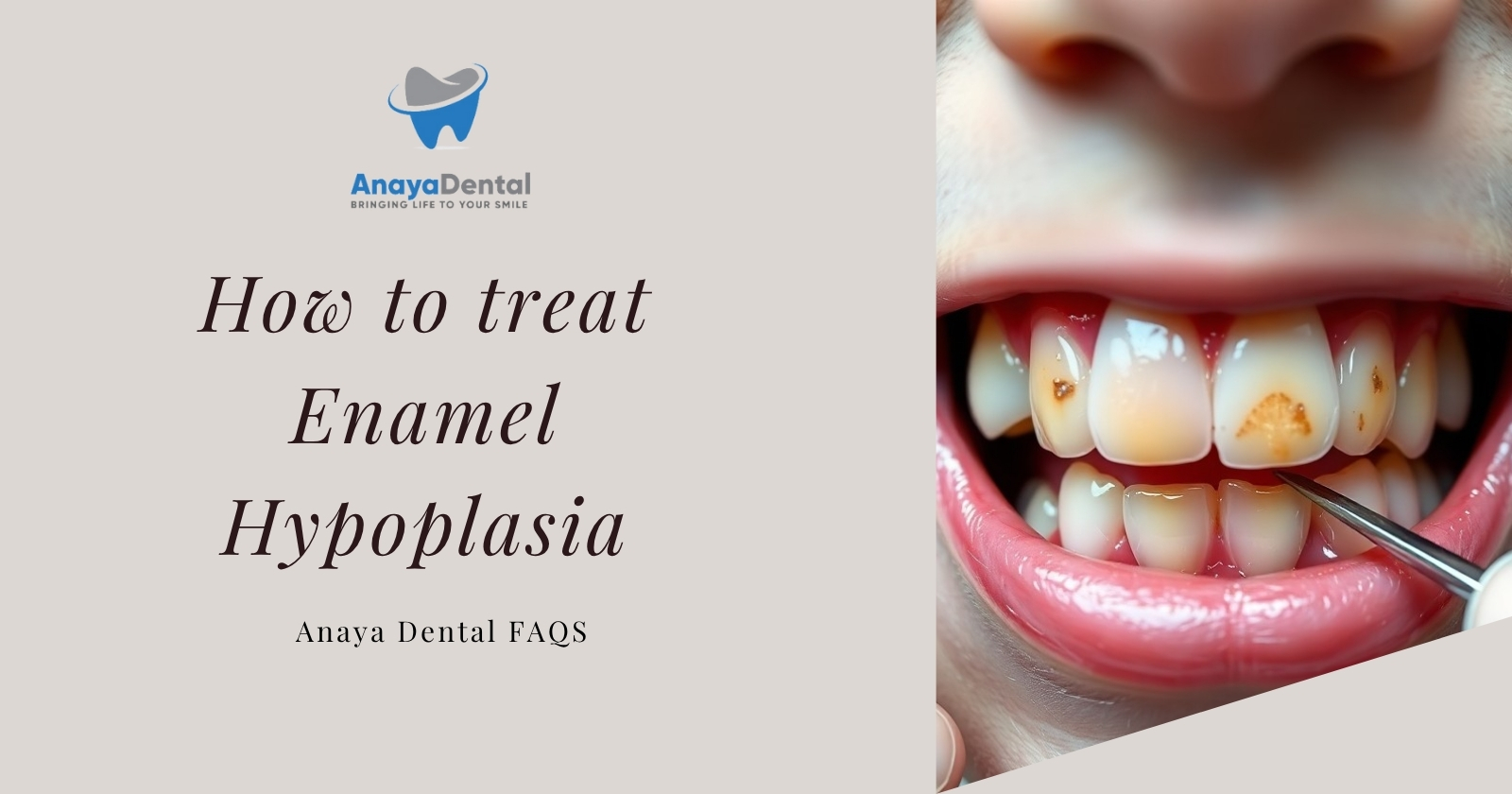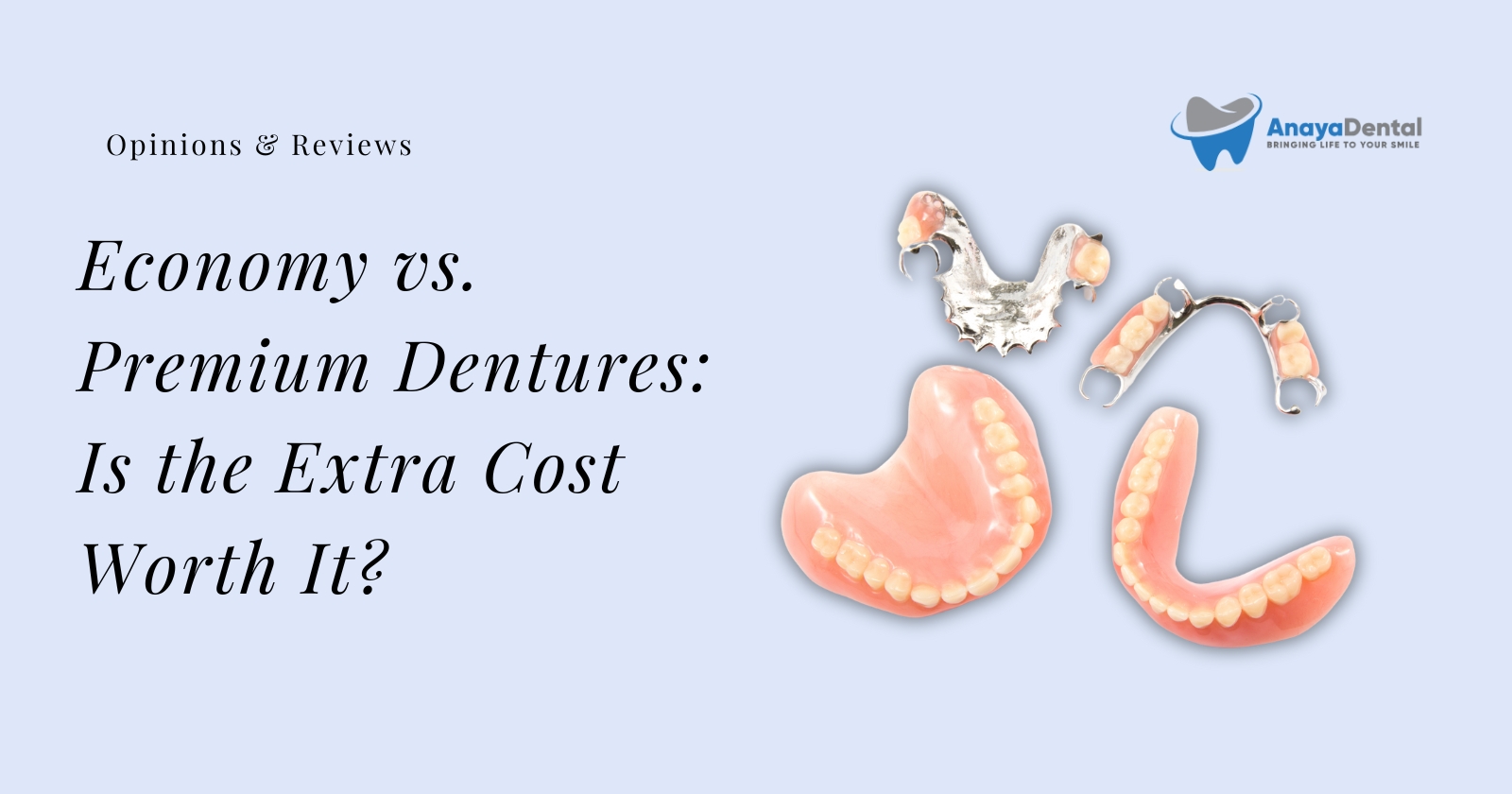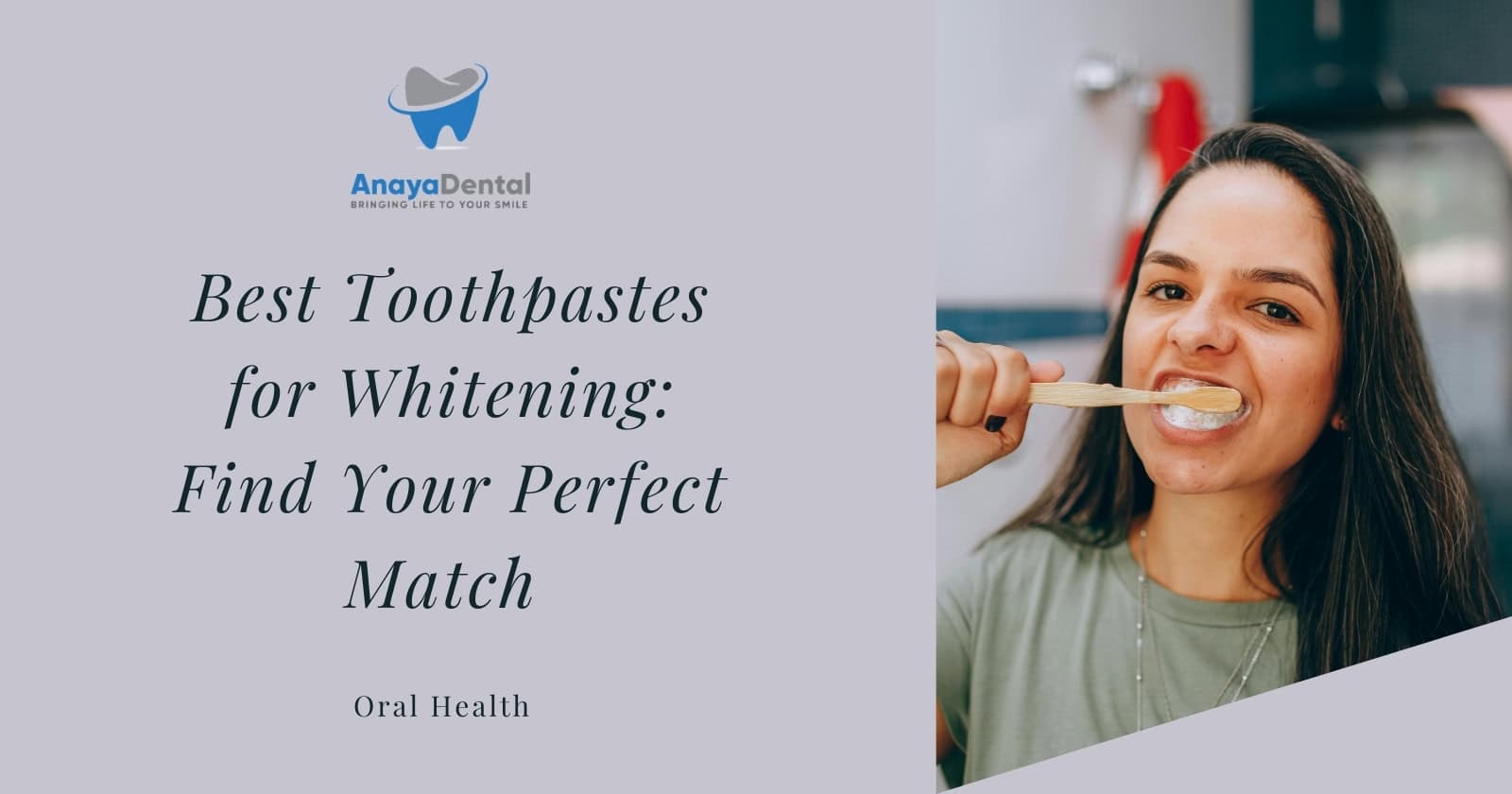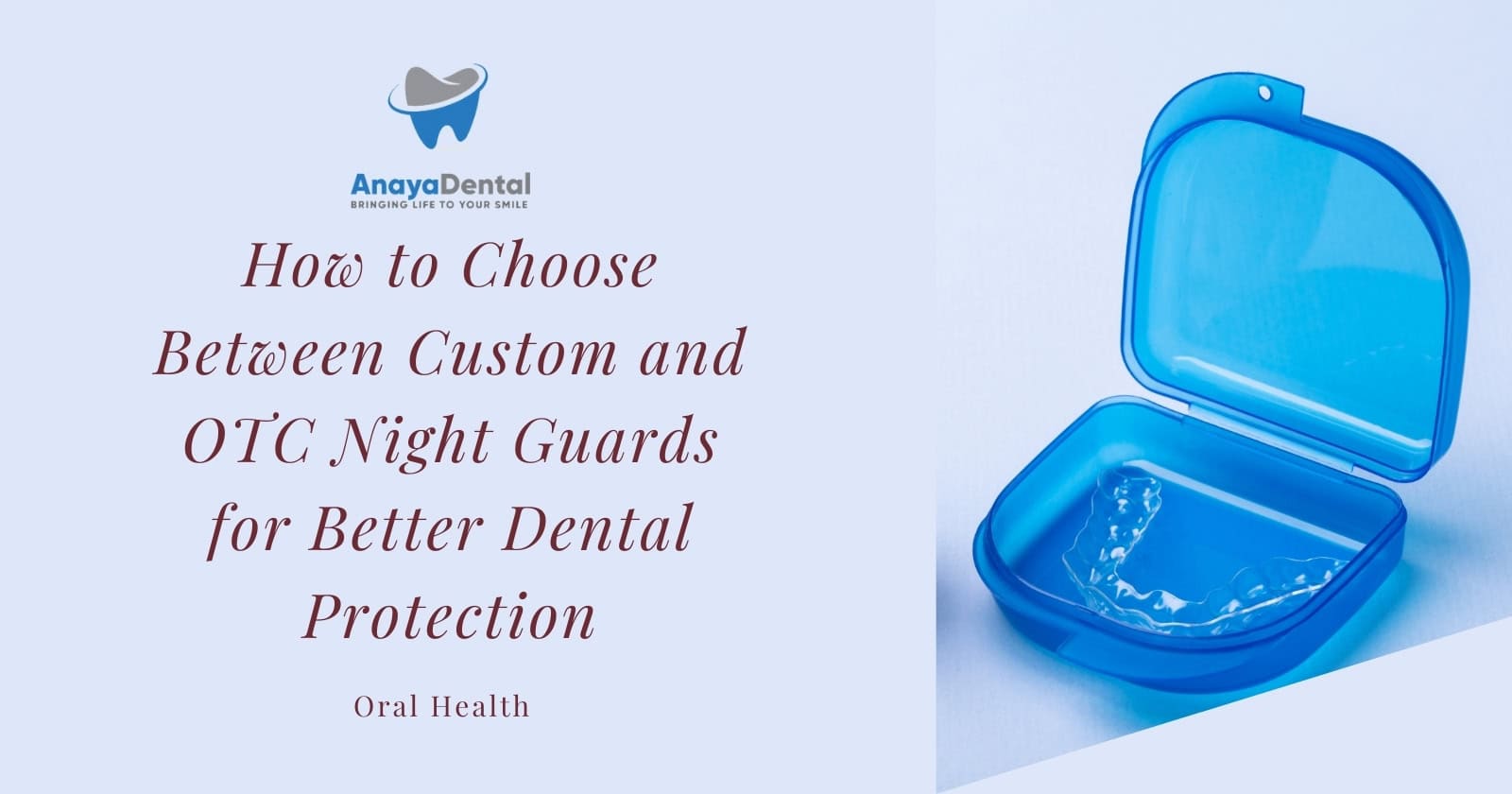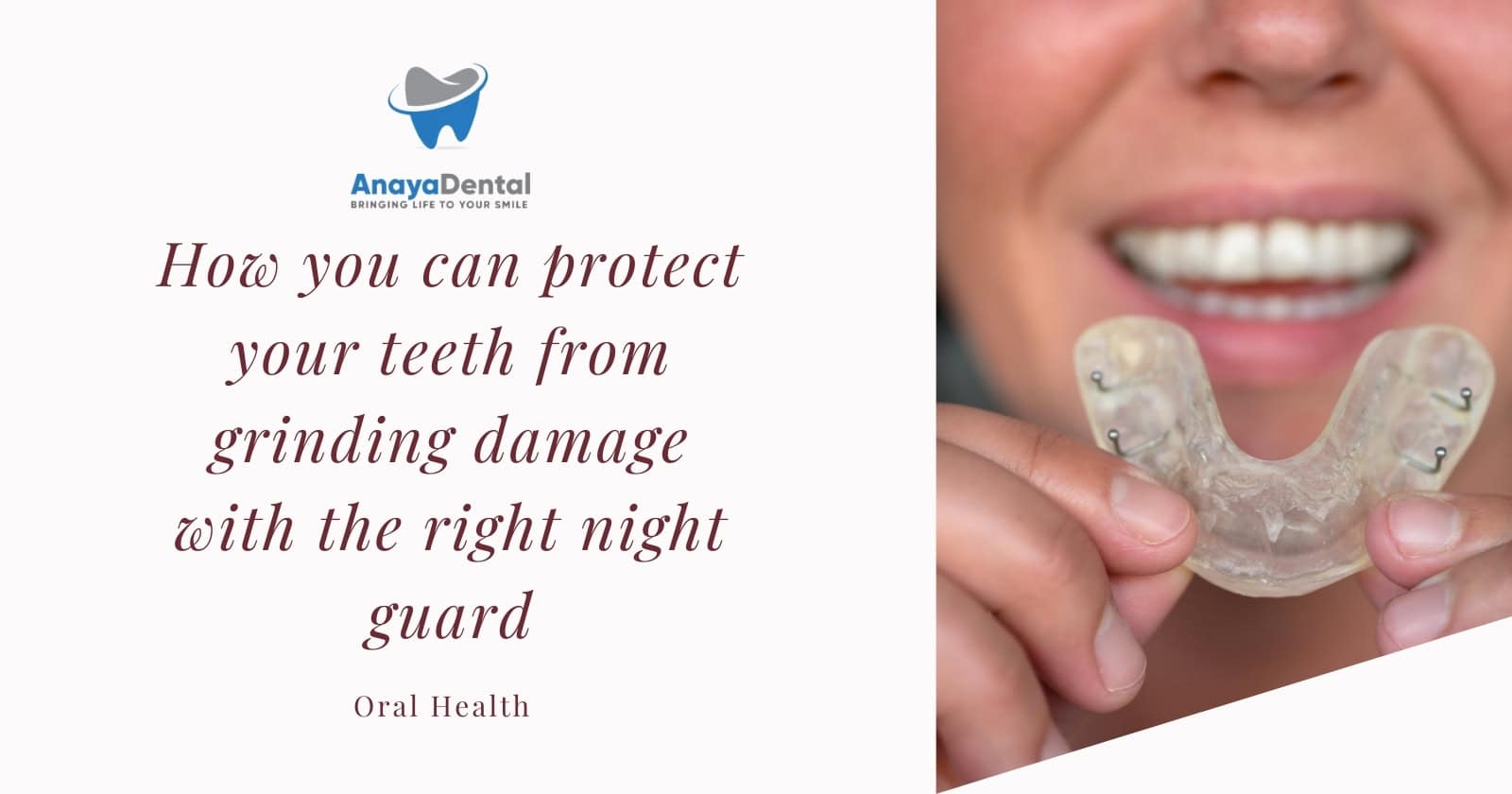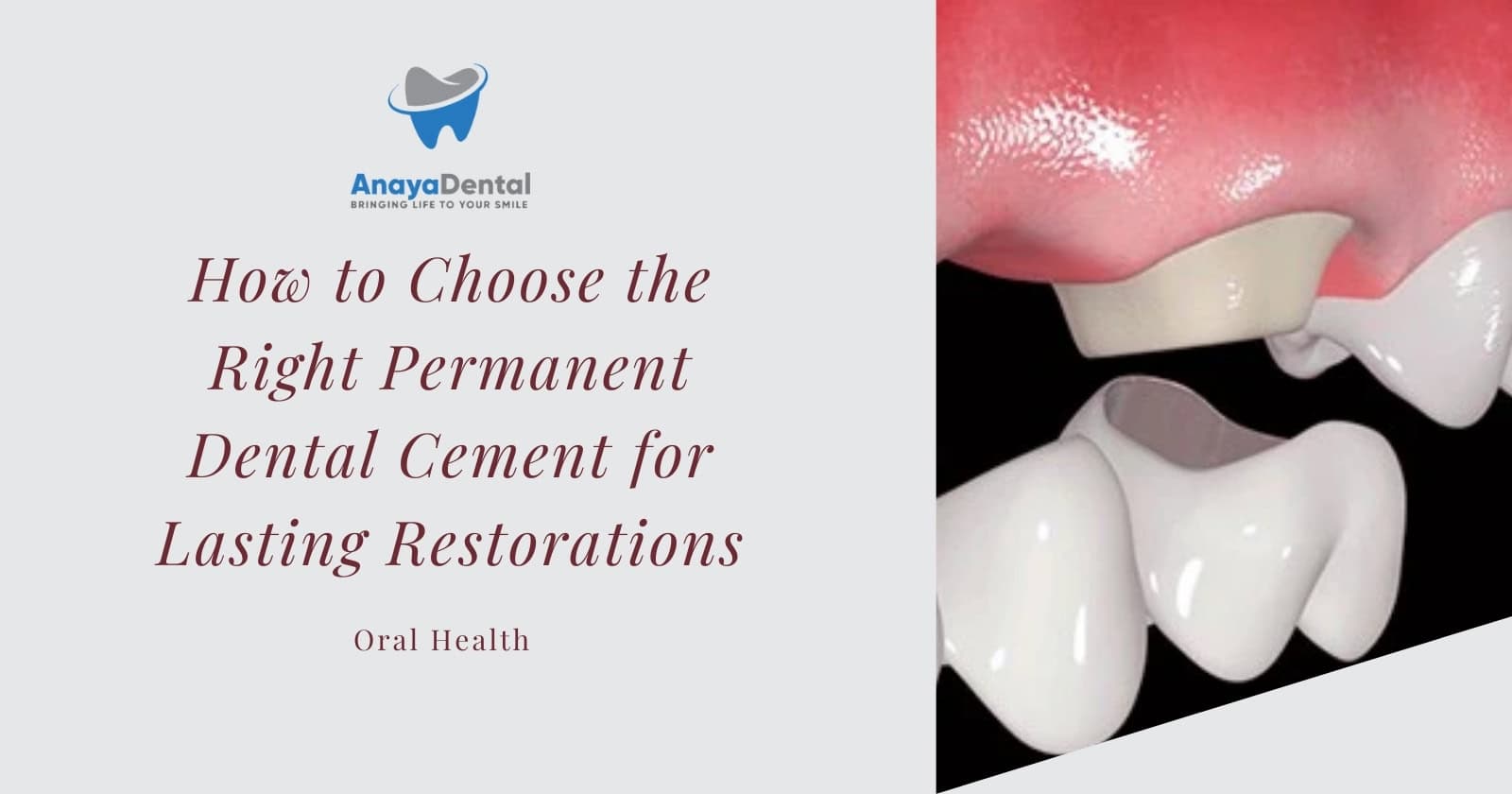If you’ve noticed black spots on your gums, you’re likely wondering what’s causing them. You may be concerned about your oral health and the appearance of your smile. As you examine your gums, you’ll want to understand the possible reasons behind these dark spots, which can be caused by various factors, including poor oral hygiene, smoking, or certain medical conditions. You’ll learn more about these causes and how to address them to maintain healthy gums.
Key Takeaways:
- Poor Oral Hygiene can lead to the formation of Black Spots on gums, as the accumulation of Plaque and Bacteria can cause inflammation and discoloration.
- Smoking and Tobacco use are significant contributors to Gum Discoloration, as the chemicals in these products can cause Stains and Infections on the gums.
- Hormonal Changes and Nutritional Deficiencies, such as a lack of Vitamin C or Vitamin B12, can also contribute to the development of Black Spots on gums, making it necessary to maintain a Healthy Diet and Regular Dental Check-ups.
Causes of Black Spots on Gums
Your gums can develop black spots due to various factors, and understanding these causes is vital for maintaining good oral health. You may notice these spots as a result of poor oral hygiene, gum disease, or other underlying conditions.
The appearance of black spots on the gums can be attributed to various factors, ranging from benign pigmentation to more serious health conditions. Understanding these causes is essential for proper diagnosis and treatment.
Try Our Dental Calculators
1. Melanin Hyperpigmentation
Melanin is the natural pigment responsible for the color of our skin, hair, and eyes. Individuals with higher melanin levels may exhibit darker gums, which is a normal variation and not indicative of any disease. This condition, known as melanin hyperpigmentation, results in dark brown or black spots on the gums and is typically symmetrical. It is benign and does not require treatment.
2. Amalgam Tattoos
Amalgam tattoos occur when tiny particles from dental amalgam fillings become embedded in the gum tissue during dental procedures. These particles can oxidize over time, leading to a blue, gray, or black discoloration on the gums near the filling site. Amalgam tattoos are harmless and usually do not necessitate treatment unless for cosmetic reasons.
3. Smoking-Related Melanosis
Smoking can lead to a condition called smoker’s melanosis, where the nicotine stimulates melanocytes (cells that produce melanin) to increase pigment production. This results in brown or black patches on the gums, inner cheeks, and lower lip. The discoloration may fade upon cessation of smoking.
4. Medication-Induced Pigmentation
Certain medications can cause pigmentation changes in the gums. Drugs such as minocycline (an antibiotic), antimalarial agents, tricyclic antidepressants, and some chemotherapy medications have been associated with darkening of the gum tissue. This side effect is uncommon and may vary depending on the individual and dosage.
5. Oral Melanoma
Oral melanoma is a rare but aggressive form of cancer that can present as a dark spot on the gums or other areas within the mouth. These lesions may appear black, brown, or blue, often with irregular borders, and can change in size or bleed. Early detection and treatment are crucial due to the malignancy of this condition.
6. Acute Necrotizing Ulcerative Gingivitis (Trench Mouth)
This severe form of gum disease is characterized by painful, bleeding gums, and ulcerations. A layer of dead tissue can form over the gums, leading to black or gray discoloration. Contributing factors include poor oral hygiene, stress, and malnutrition. Prompt dental treatment and improved oral care are essential for recovery.
7. Bruises or Hematomas
Trauma to the mouth from aggressive brushing, flossing, or accidental injury can cause bruising or hematomas on the gums. These appear as dark red, purple, or black spots and typically resolve on their own without intervention. If unexplained bruising occurs frequently, it is advisable to consult a healthcare professional.
8. Oral Hemangiomas
Hemangiomas are benign vascular lesions caused by an abnormal proliferation of blood vessels. In the mouth, they can appear as dark red, purple, or black spots on the gums. While generally harmless, treatment may be considered if they cause discomfort or are prone to bleeding.
9. Systemic Conditions
Certain systemic diseases can manifest as pigmentation changes in the mouth. For example, Addison’s disease can cause diffuse darkening of the gums and oral mucosa. Peutz-Jeghers syndrome, a genetic condition, may lead to dark spots on the lips and gums. These conditions require medical evaluation and management.
Risk Factors
It is important to understand the factors that increase your likelihood of developing black spots on gums. Consider the following:
Smoking and Tobacco Use
Above all, smoking and tobacco use are significant contributors to oral health issues, including black spots on gums. You may be more prone to these spots if you use tobacco products regularly, as they can damage your gums and teeth.
Genetics and Weakened Immune System
For instance, your genetic predisposition and immune system play a significant role in your oral health. You may be more susceptible to black spots on gums if you have a family history of oral health issues or a weakened immune system.
Even if you practice good oral hygiene, your genetic makeup and immune system can still affect your gums. You should be aware of your family’s medical history and take extra precautions to maintain healthy gums, such as regular dental check-ups and a balanced diet, to minimize the risk of developing black spots on your gums.
Symptoms and Signs
Many people experience black spots on their gums without realizing the underlying causes. You may notice discoloration, pain, or bleeding, which can be alarming. Your gums play a vital role in your oral health, and any changes should be taken seriously.
Visible Black Spots
One of the most noticeable symptoms is the appearance of black spots on your gums. You may see small, dark spots or patches on your gum line, which can be a sign of an underlying issue. Your gums may appear healthy otherwise, but these spots can be a cause for concern.
Bleeding and Pain
With black spots on your gums, you may also experience bleeding or pain. You may notice that your gums bleed when you brush or floss, or that they are sensitive to touch. Your gums may feel tender or sore, which can be uncomfortable and affect your daily life.
Visible signs of bleeding and pain can be a sign that the black spots on your gums are more than just a cosmetic issue. You should take notice of when the bleeding or pain occurs, as this can help your dentist diagnose the underlying cause of the black spots on your gums.
Diagnosis and Treatment
After identifying the symptoms, your dentist will develop a treatment plan to address the black spots on your gums. You will undergo a series of tests to determine the underlying cause of the condition.
Dental Examination
Examining your gums and teeth is the first step in diagnosing the condition. You will be asked to provide your medical history, and your dentist will visually examine your gums and teeth to identify any signs of infection or disease.
Professional Cleaning and Medication
Cleaning your teeth and gums is necessary to remove any plaque or bacteria that may be causing the black spots. You will be given a professional cleaning, and your dentist may prescribe medication to treat any underlying infection.
Plus, your dentist may also provide you with instructions on how to maintain good oral hygiene, including brushing and flossing techniques, to prevent the black spots from returning. You will be scheduled for a follow-up appointment to monitor your progress and adjust your treatment plan as needed to ensure your gums and teeth remain healthy.
Prevention Methods
Unlike other oral health issues, preventing black spots on gums can be achieved through simple yet effective methods, which you can incorporate into your daily routine to maintain healthy gums.
Maintain Proper Oral Hygiene
Brushing: Brush your teeth and gums at least twice daily using fluoride toothpaste. This helps remove plaque and prevent gum diseases that can lead to discoloration.
Flossing: Floss daily to eliminate food particles and plaque between teeth, reducing the risk of gum infections and pigmentation issues.
Regular Dental Check-Ups
Professional Cleanings: Schedule dental visits every six months for professional cleanings and oral examinations. Early detection of any gum discoloration can lead to prompt treatment.
Oral Cancer Screenings: Regular screenings can help detect serious conditions like oral melanoma in their early stages.
Avoid Tobacco Products
Quit Smoking: Smoking is a common cause of dark gums due to nicotine-induced melanin production. Quitting smoking can prevent further discoloration and improve overall oral health.
Be Cautious with Certain Medications
Consult Healthcare Providers: Some medications can cause gum pigmentation. Discuss potential side effects with your doctor or dentist, and explore alternatives if necessary.
Protect Your Mouth from Injury
Use Mouthguards: Wearing mouthguards during sports or other high-risk activities can prevent trauma to the gums, reducing the risk of bruising or hematomas that appear as black spots.
Limit Consumption of Staining Foods and Beverages
Dietary Choices: Reduce intake of foods and drinks known to stain teeth and gums, such as coffee, tea, red wine, and dark berries. Rinse your mouth with water after consumption to minimize staining effects.
Manage Underlying Health Conditions
Medical Consultation: Conditions like Addison’s disease can cause gum discoloration. Managing these health issues under medical supervision can help prevent related pigmentation changes.
FAQs
1. Are black spots on gums always a cause for concern?
Not necessarily. While black spots can result from benign conditions like melanin hyperpigmentation or amalgam tattoos, they can also indicate more serious issues such as oral melanoma. It’s essential to consult a dental professional for an accurate diagnosis.
2. How can I differentiate between harmless and harmful black spots?
Benign spots, like those from melanin pigmentation, are usually symmetrical and develop gradually. In contrast, spots associated with conditions like oral melanoma may have irregular borders, change in size or color, and could be accompanied by symptoms like bleeding or pain. Any new, changing, or symptomatic spots should be evaluated by a dentist promptly.
3. Can smoking cause black spots on the gums?
Yes, smoking can lead to a condition known as smoker’s melanosis, where the gums develop dark pigmentation due to increased melanin production stimulated by tobacco use. This is generally harmless but can be aesthetically concerning. Quitting smoking may reduce or eliminate this pigmentation over time.
4. What treatments are available for black spots on gums?
Treatment depends on the underlying cause. Benign conditions may not require any intervention, though options like laser therapy or surgical removal are available for cosmetic concerns. Malignant or serious conditions, such as oral melanoma, necessitate prompt medical treatment, which may include surgery, radiation, or chemotherapy.
5. How can I prevent black spots from developing on my gums?
Maintaining good oral hygiene, avoiding tobacco products, and having regular dental check-ups are key preventive measures. Being cautious with certain medications and protecting your mouth from injury can also help prevent the development of black spots on the gums.
If you notice any black spots on your gums, especially those that change in appearance or are accompanied by other symptoms, it’s important to consult a dental professional for a thorough evaluation.
The presence of black spots on your gums can be alarming, but understanding the causes can help you take preventive measures. You may notice these spots due to poor oral hygiene, smoking, or certain medical conditions. As you maintain good oral care and avoid harmful habits, you can reduce the likelihood of developing black spots on your gums. By being aware of the potential causes, you can take steps to protect your oral health and overall well-being.
